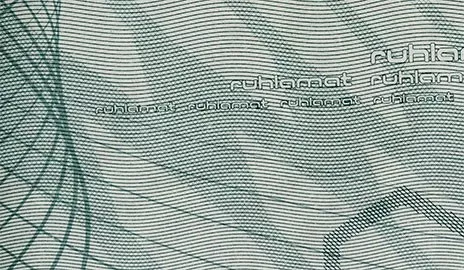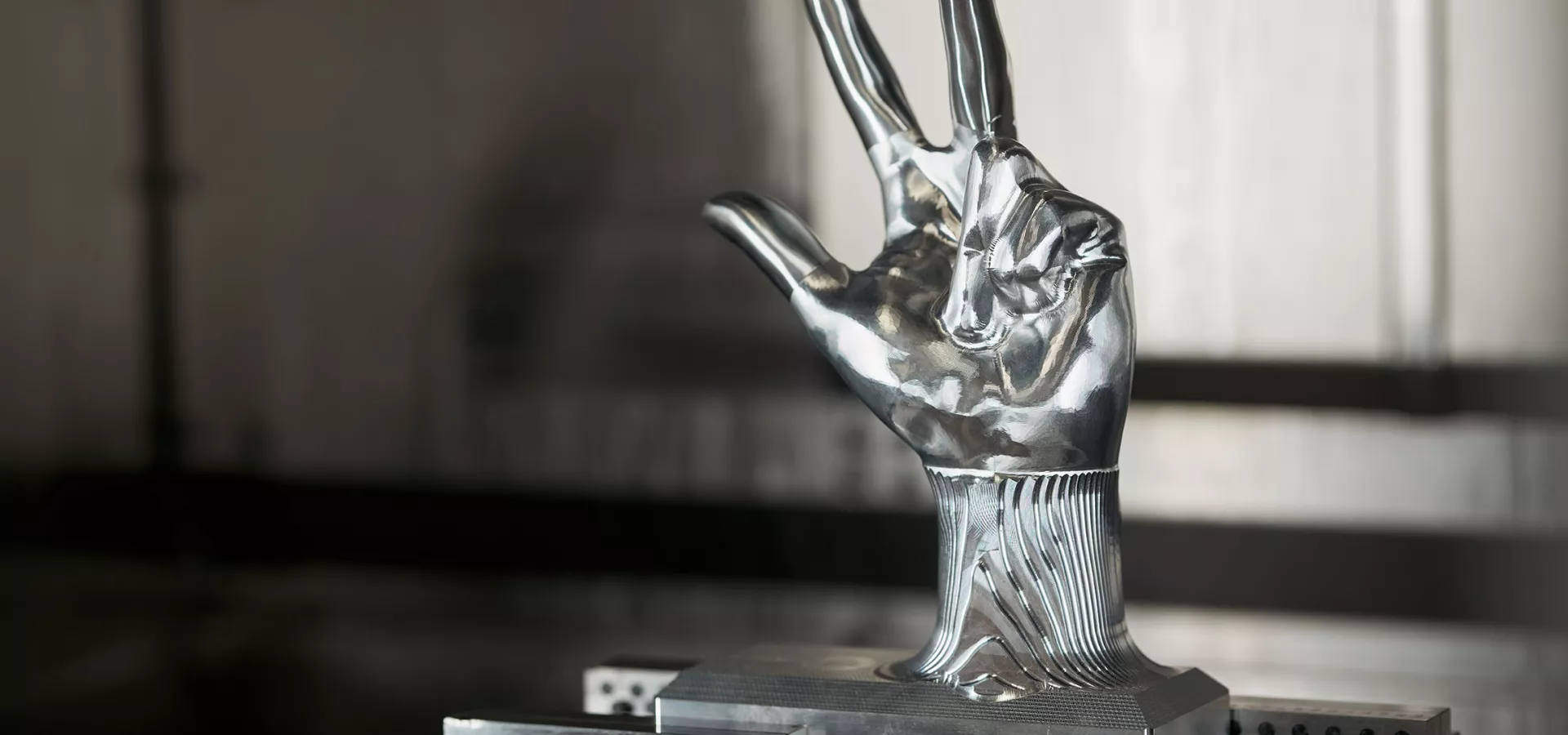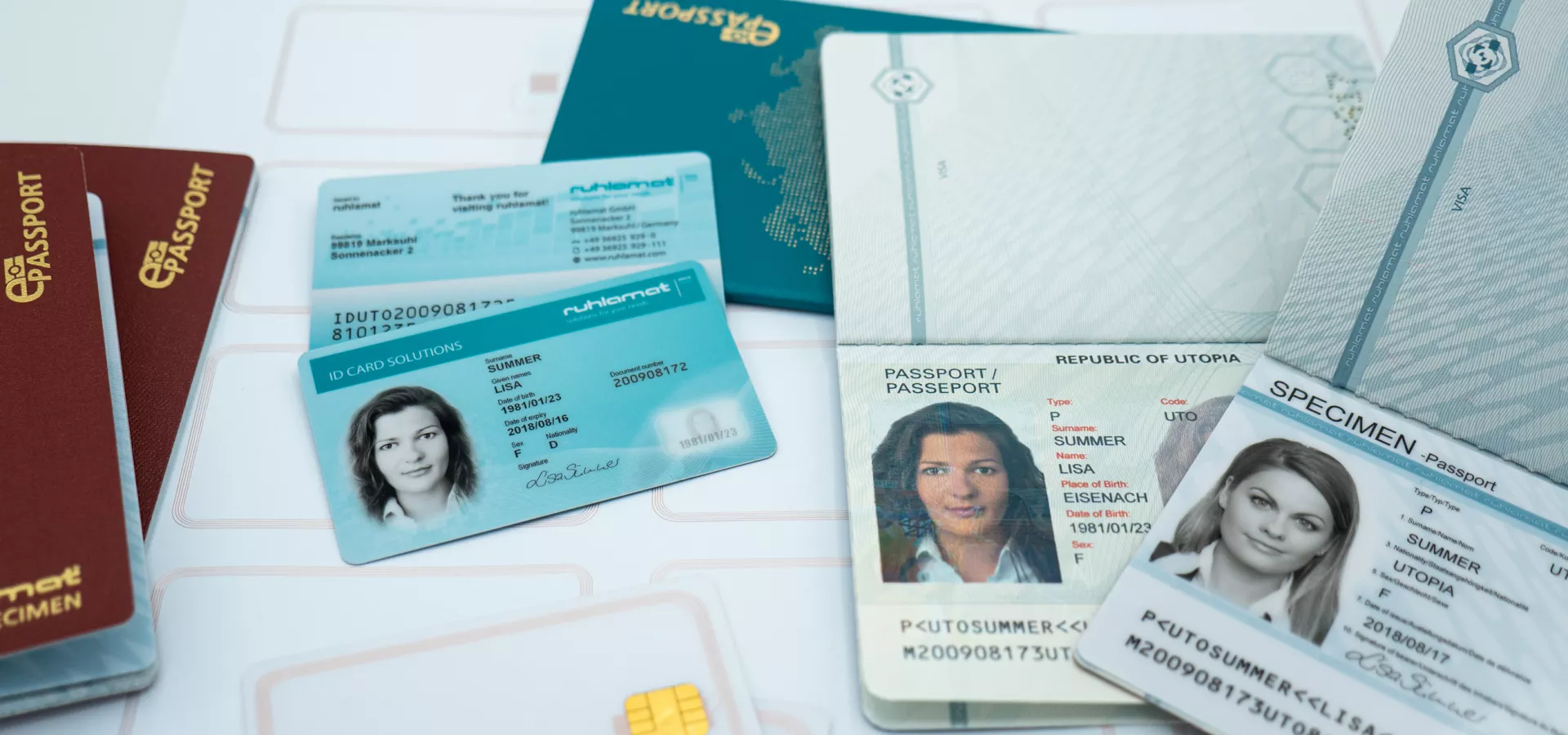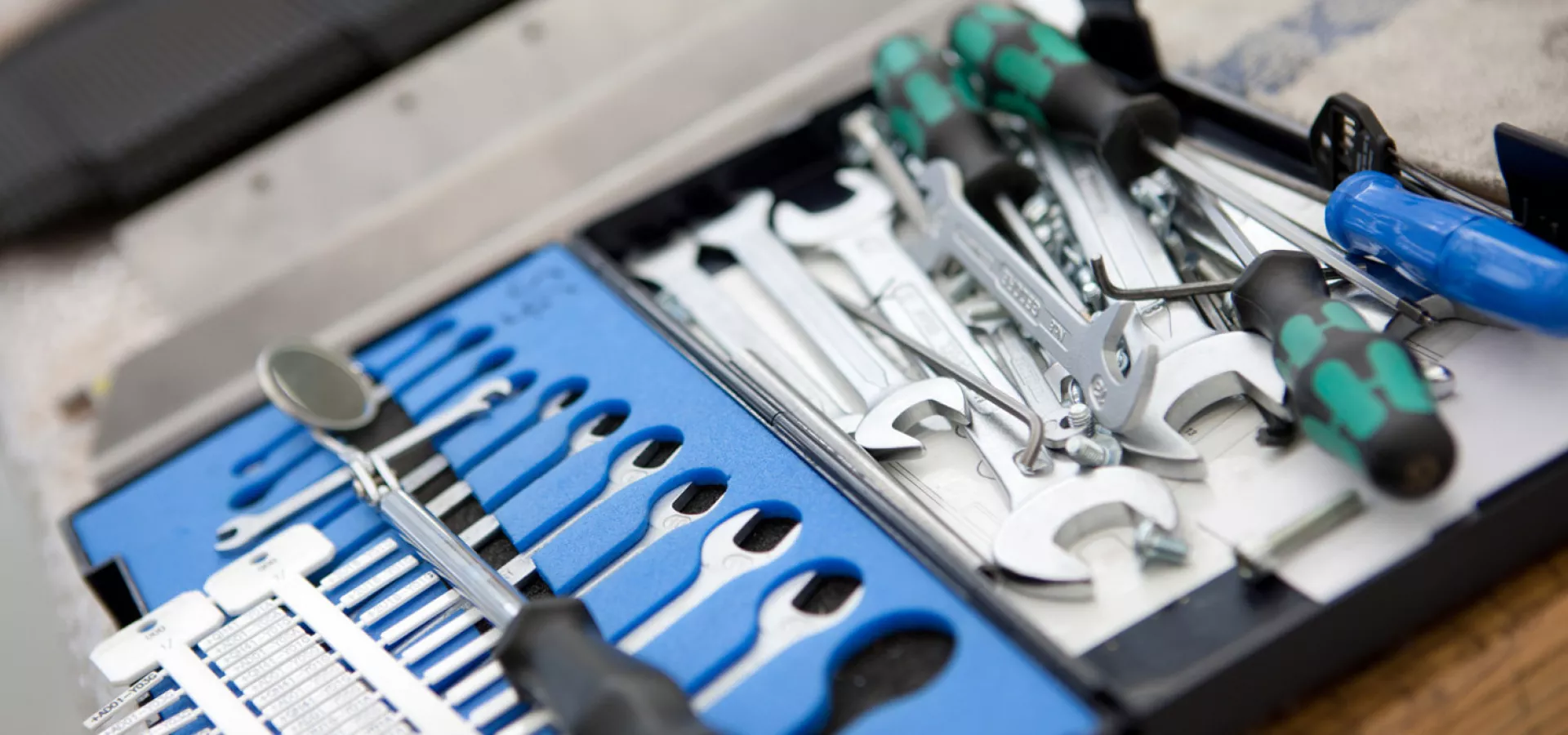
Guilloches - Complicated line patterns for more safety
A guilloche is, in short, a special line pattern: several lines overlap each other, run parallel, cross each other and thus create a highly complex pattern. Viewed from the outside, guilloches often have an attractive ornamental look, which is why they are often used in art. In the context of securities and smart card security, on the other hand, they are a relevant security feature that is largely classified as counterfeit-proof.
History and origin of guilloches
The origin and history of the guilloches can no longer be clearly explained from today's perspective. Four possible theories exist on the development of the guilloches and their naming. The most common theory is that the guilloches were named after their inventor, the Frenchman Guillot. Regardless of the origin story, however, one thing is certain: the guilloches were used many years ago as a counterfeit-proof feature on various documents. In particular, banknotes, securities as well as identity documents, certificates and passports were printed with the elaborate line patterns, which often take the form of asymmetrically closed ellipses or differently shaped circular paths. In earlier times, a so-called guilloching machine was used for this purpose, in which the patterns were created with the aid of engraved printing plates. For this reason alone, it was difficult to forge the complex line ornaments without further ado.
Use and creation of guilloches today
Guilloches are still used today as a security-relevant element on smart cards or documents. Depending on the area of application, however, the guilloches are no longer produced using engraved printing plates, but are calculated on the computer using specific databases and software programs. These programs use various line patterns to produce a guilloche. A distinction can be made between parallel lines, known as thread guilloche, wave guilloche and ornamental guilloche. All three elements are combined with each other. In some cases, specific guidelines exist today regarding the production of guilloches. For example, in its 1991 printing guidelines, the German Stock Exchange states that guilloches should be designed either as positive guilloches or as negative guilloches. In positive guilloches, colored lines are applied to an unprinted surface, while in negative guilloches the surface is printed and the lines run through it unprinted. Furthermore, a distinction is made between single-color and multicolor guilloches.
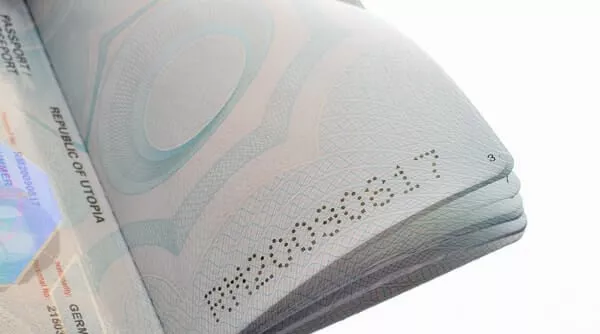
For guilloches to be classified as counterfeit-proof, it is important that the individual guilloches, i.e. line patterns, match each other. The perfect accuracy with which the individual lines cross each other is ultimately what makes guilloches so attractive as a security feature: This accuracy cannot normally be reproduced, because at the latest at the points of intersection, the lines often become frayed, thickened or blurred. In addition, two- or multi-color guilloches are often developed by a combination of base and interfering colors, which makes it difficult for even the most modern readout devices to produce a 100% accurate reproduction. This is prevented not least by the fact that guilloches allow neither an end nor a starting point to be identified. An exact recalculation is therefore not uncomplicated even for modern software programs. A classic feature by which manipulated smart cards can be identified is broken guilloches or guilloches with blurred, frayed or unevenly thickened lines. Even if the basic patterns of the guilloches are asymmetrical, they ultimately present themselves as perfectly regular, which is why conspicuous features in the course of counterfeiting are immediately obvious. Nevertheless, guilloches on smart cards, for example, are nowadays combined with other security features to provide enhanced protection.
